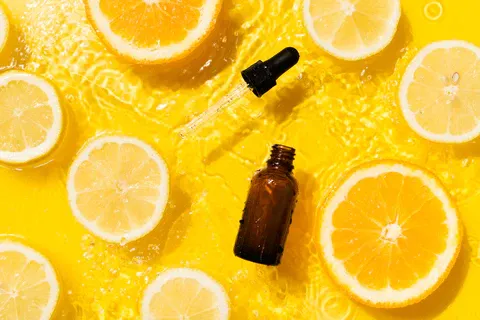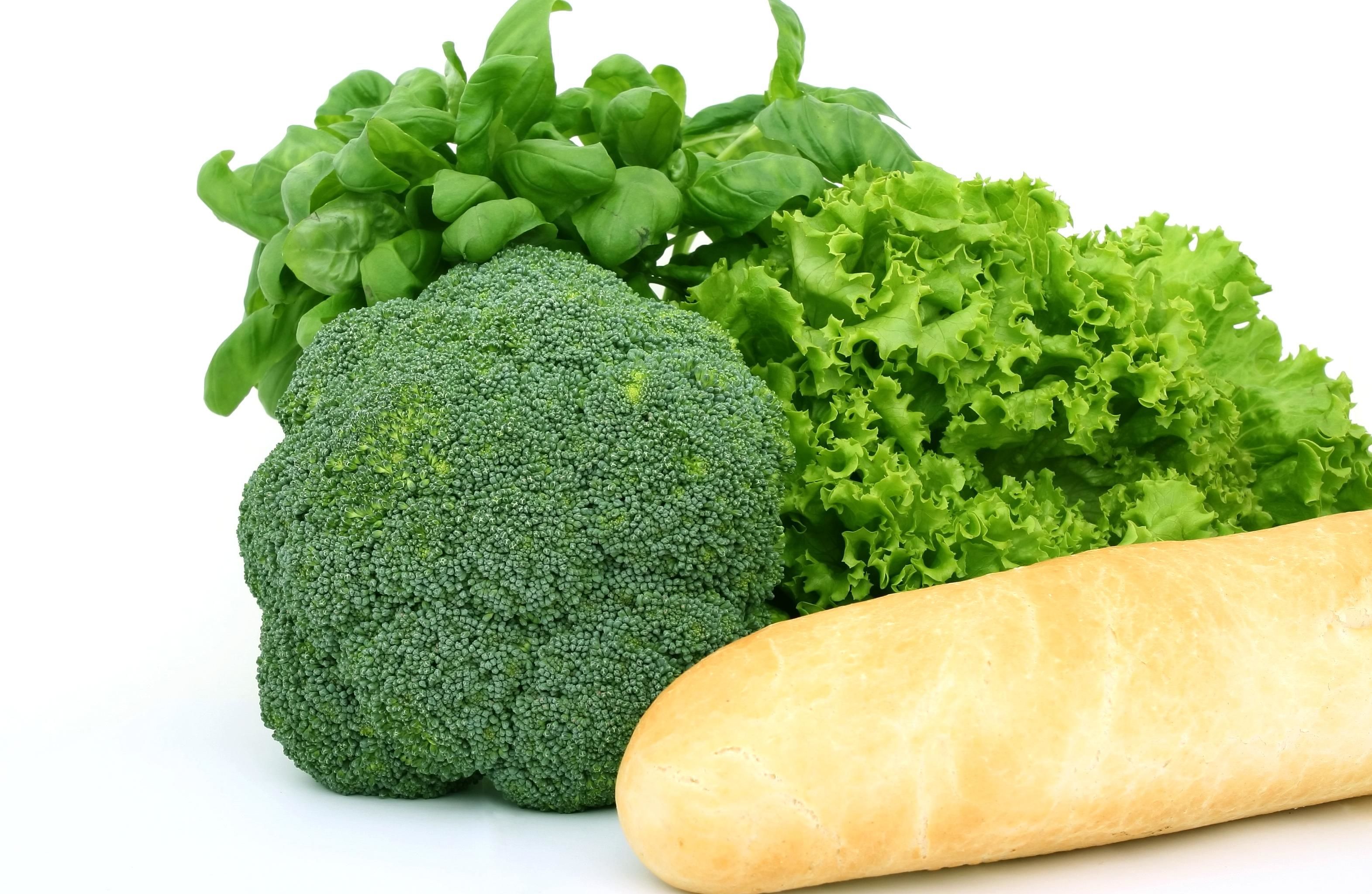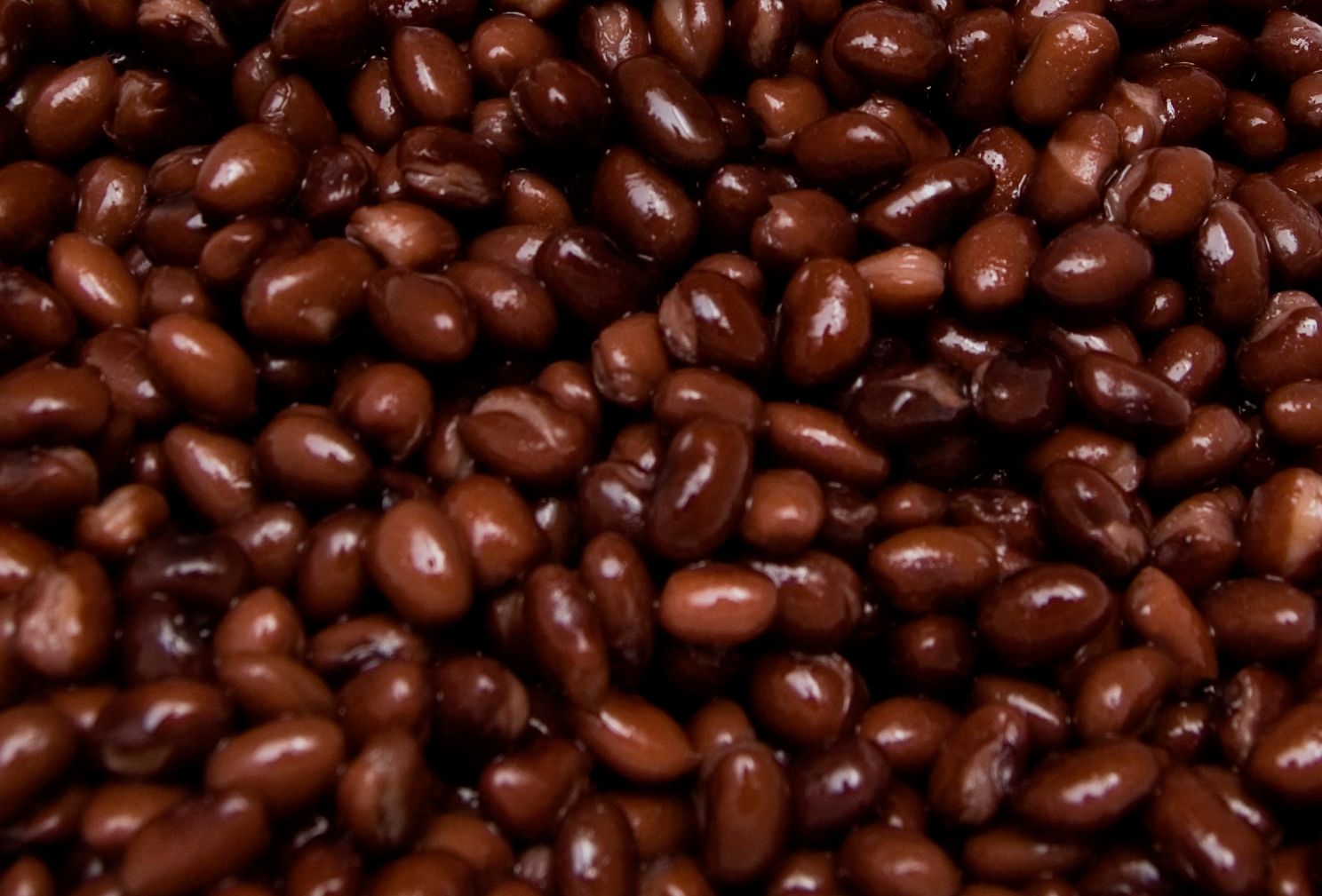
The Unfiltered Truth About First-degree Burns
- Jul 4, 2024
Welcome to EatKaleOrDieTrying.com, where we mingle straight talk with sass, garnishing it with a dash of humor. Today we are turning up the heat, literally, discussing first-degree burns - the little nasty devils that make touching a hot stove feel like an audition for a horror movie.
So, what's the deal with these superficial burns? Beside being a nuisance and killing your vibe, they target the outer layer of your skin, or the epidermis for the fancy folks. The tackle is accompanied by redness, or a reddish-brown shade if your burn has artistic aspirations, and a dryness that makes you feel like a piece of sun-baked leather. But hey, on the plus side, they come with minimal risk for the dreaded blisters and scars.
First-degree burns most often sneak up on you when you're juggling life's hot potatoes such as a stove, curling iron, or other heated paraphernalia. They sneak up on you, stinging like a swarm of angry bees but are mostly just a whine-worthy inconvenience. If you're seeing red and swollen skin that's dry and turns white when you press it (we call this fancy trick "blanching"), don't panic - your epidermis is just throwing a little tantrum.
Now, the pain of these burns can pack a punch, making you feel like you're on an express ride to hell, but fear not - healing usually intervenes between the fifth and tenth day to pull the plug on your agony. If you're a real trooper or incredibly lucky, you'll get pain-free two to three days post-event.
Even that rosy post-beach Lobster-look can classify as a first-degree burn. Remember, as painful as it might be, these surface wounds can be managed at home without calling up your medical cavalry. Cool it (literally), moisturize, and stay clear from bacteria, and voila - you get a brand spanking new skin underneath. But if pain persists like a clingy ex, get to a medical professional because it might be a more serious second or third-degree burn hiding in the guise of a first-degree burn.
And remember, despite old wives' tales, don’t slather your burn with butter or oil unless you are planning on becoming a sautéed human. Just cool it with some water, pat it dry, and apply a dash of petroleum jelly and some love. It should start to feel better in 48 to 72 hours.
Now, differentiate whether your burn is a prima donna (first-degree) or a drama queen (second- or third-degree) based on the symptoms. If your pain outstays its welcome, seek professional help. A first-degree burn might deliver a kick, but the pain shies away faster than your teenage crush.
So arm yourself with this knowledge and let nothing come between you and hot stoves. At EatKaleOrDieTrying.com, we turn health nightmares into mere vegetables with a little humor, a dash of spice, and a sprinkle of sass. Stay tuned for more raw, edgy wisdom that cuts through the BS in health and fitness!






